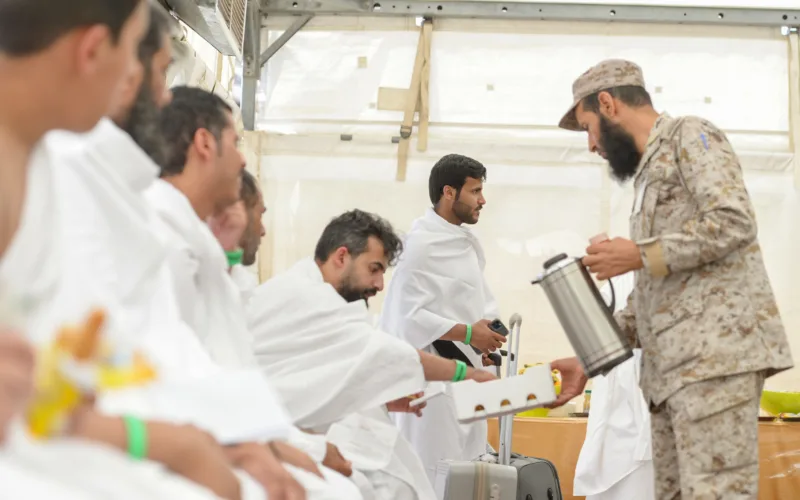More than 1,673,230 pilgrims performed Hajj during the 2025 (1446 Hijri) season, according to official statistics released following the completion of the annual pilgrimage.
The numbers reflect the Kingdom’s continued ability to host one of the largest religious gatherings in the world with high levels of safety, organization, and service quality.
This year’s Hajj saw the participation of pilgrims from across 171 countries, all arriving in Makkah with a deep sense of spirituality and devotion. The diversity of nationalities once again highlights Hajj’s status as a symbol of Islamic unity and global brotherhood.
Out of the total pilgrims, 1,506,576 came from abroad, while 166,654 were domestic pilgrims residing within Saudi Arabia.
Hajj 2025 / 1446H Statistics
- Total number of pilgrims: 1,673,230
- External pilgrims (from abroad): 1,506,576
- Internal pilgrims (from within KSA): 166,654
- Participating nationalities: 171
- Male pilgrims: 877,841
- Female pilgrims: 795,389
- Airports: 1,435,017
- Land ports: 66,465
- Seaports: 5,094
- Pilgrims benefiting from Makkah Route Initiative pre-clearance program: 314,337
- Personnel deployed for Hajj operations: Over 250,000Government agencies involved: 40+
- Expanded shaded area in holy sites: +50,000 square meters
- Cooling units deployed: 400+
In terms of gender, the pilgrimage maintained a near-equal participation, with 877,841 male pilgrims and 795,389 female pilgrims completing the rites of Hajj.
International pilgrims entered the Kingdom via various ports. A majority, 1,435,017 pilgrims, arrived through Saudi Arabia’s well-equipped airports. Additionally, 66,465 entered via land borders, while 5,094 pilgrims came through seaports.
A notable number of 314,337 pilgrims benefitted from the Makkah Route Initiative, a pre-clearance program offered at select international airports.
The Hajj 2025 season also stood out for the massive scale of coordination between various government agencies. Over 250,000 personnel were mobilized to manage everything from health and safety to transportation, sanitation, and emergency response.
Their work ensured that pilgrims could perform their rituals in a peaceful and safe environment.
With temperatures soaring above 40°C, measures were in place to mitigate the impact of extreme heat, including expanded shaded areas, cooling systems, and increased medical presence.


 WhatsApp Channel
WhatsApp Channel
 Instagram
Instagram
 Facebook
Facebook
 X (Twitter)
X (Twitter)
 Google News
Google News